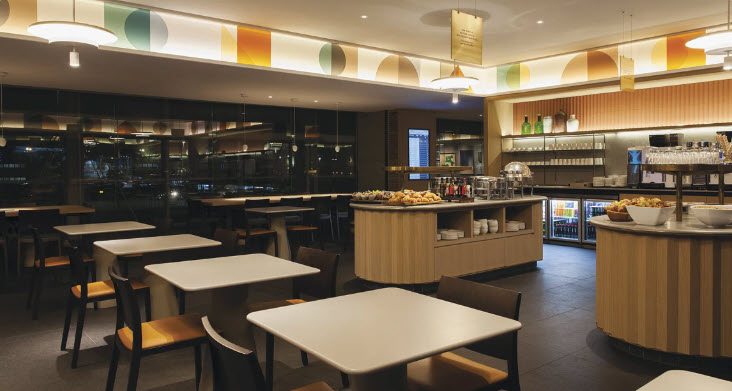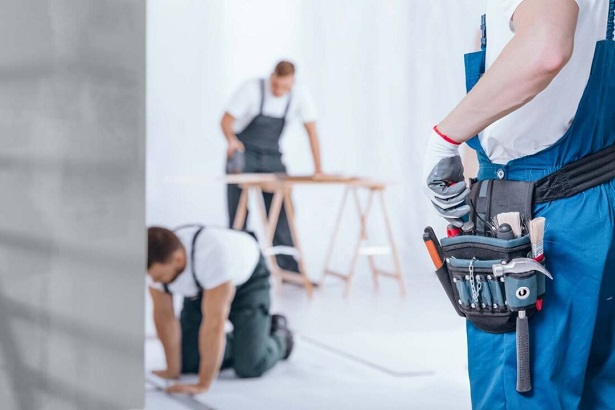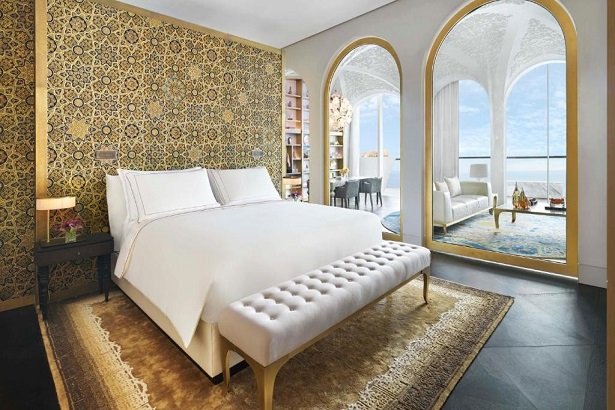First-Class Fun: Unlocking the Secrets to FF&E in Airport Lounges
Choosing furniture for airport lounge areas involves considering several factors, such as functionality, comfort, aesthetics, and durability. Every airline possesses a unique aesthetic, embracing its distinct vibe.
Here are some tips to help you make informed decisions:
- Functionality: Prioritize functionality by selecting furniture that serves the specific needs of the lounge area. Consider the type of seating required (e.g., individual chairs, sofas, or benches) and the need for features like power outlets and USB charging ports.
- Comfort: Airport lounges are meant to provide a comfortable and relaxing environment for travelers. Opt for furniture with cushioning and ergonomic designs to ensure comfort during extended waiting periods.
- Durability: Airport lounges experience high traffic, so choose furniture that is sturdy and durable. Look for materials that are resistant to wear and tear, such as high-quality upholstery fabrics and strong frames made from materials like metal or solid wood. Carpets need to be Axminster or similar to ensure longevity.
- Colors and Fabrics: Select colors and fabrics that align with the overall aesthetic and branding of the airport or lounge area. Consider factors like ease of maintenance, stain resistance, and colorfastness when choosing fabrics. Neutral colors with pops of vibrant hues can create a modern and inviting ambiance.
- Space Planning: Efficient space planning is crucial for airport lounges to accommodate a large number of travelers. Consider the available space and layout of the lounge area to determine the right furniture sizes and configurations. Maximize seating capacity while allowing for easy movement and traffic flow.
- Wall Decor: Incorporate wall decor elements that enhance the ambiance of the lounge area. Choose artwork, wall graphics, or scenic photographs that reflect the local culture, landmarks, or themes. Additionally, you can use wall-mounted screens to display flight information or digital art.
- Recreation Tips: Provide recreational amenities to keep travelers entertained. Consider including features like game consoles, books and magazines, or even small play areas for children. These elements can help create a more enjoyable and engaging experience for passengers.
- Relaxation Tips: Design lounge areas to promote relaxation. Include features like comfortable loungers, recliners, massage chairs and Sleeping pods. Consider incorporating calming elements like indoor plants, soft lighting, and soothing background music to create a serene environment.
- Lighting: Pay attention to lighting choices to create the right atmosphere. Utilize a combination of natural and artificial lighting. Incorporate ample ambient lighting for general illumination, task lighting for reading areas, and accent lighting to highlight decor elements.
- Accessibility: Ensure that the furniture and amenities in the lounge area are accessible to all travelers, including those with disabilities. Incorporate seating options with appropriate back and arm support, provide wheelchair-friendly spaces, and ensure the layout allows for easy navigation.
The furniture and design choices should align with the target audience and the intended purpose of the lounge area, providing a comfortable and enjoyable experience for travelers.




Leave A Comment